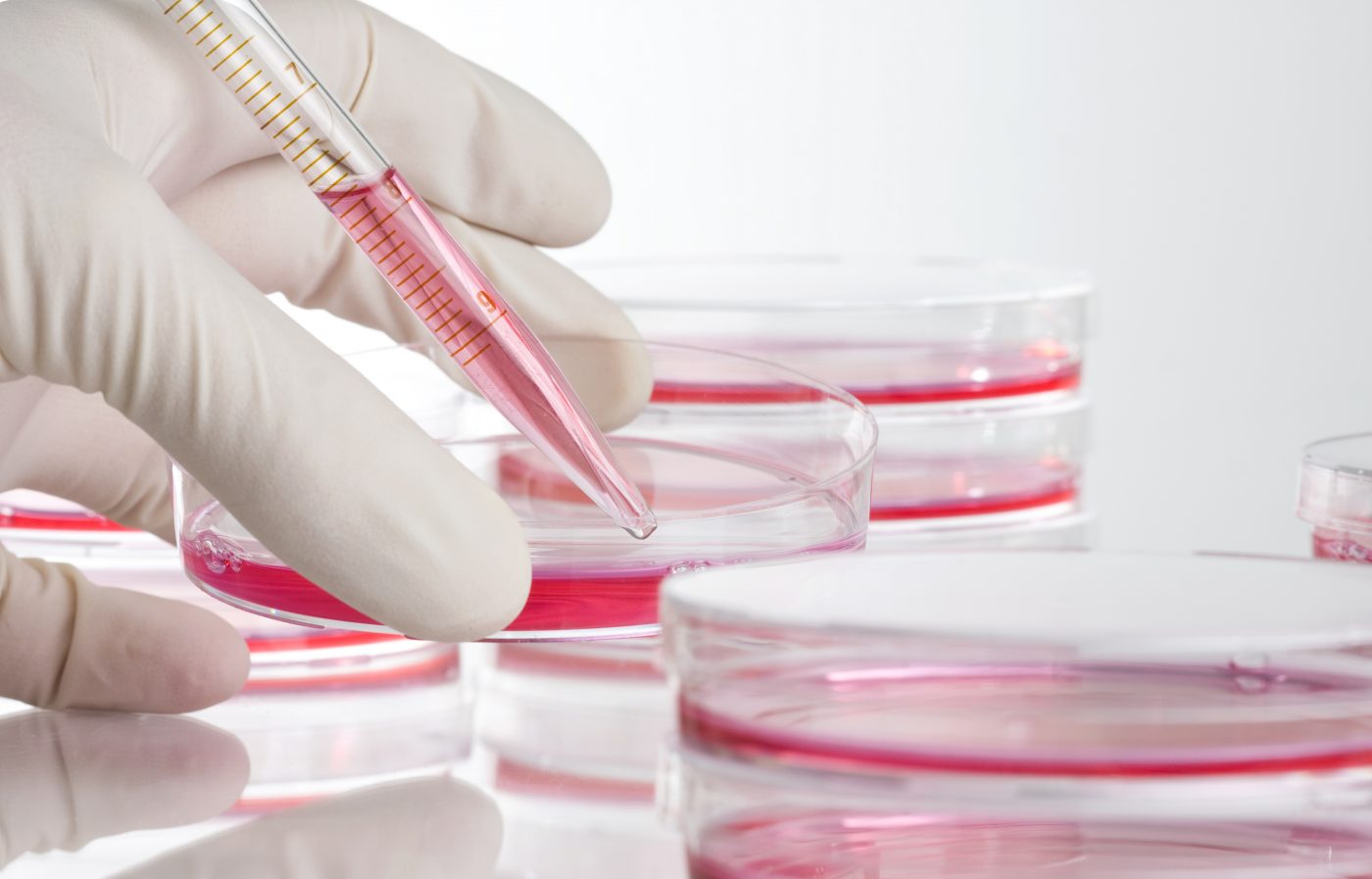Targeting IGFBP-5 May Be Viable Strategy to Treat Pulmonary Fibrosis, Preclinical Study Finds

Researchers from the Medical University of South Carolina (MUSC) may have found a new therapeutic target for the treatment of pulmonary fibrosis using a preclinical model of the disease.
The candidate protein, called insulin-like growth factor-binding protein 5 (IGFBP-5), induces lung fibrosis (scarring) early on by turning on genes that promote scarring and increasing the production of other pro-fibrotic molecules. Investigators believe that targeting this protein may be a viable strategy to prevent the appearance of other pro-fibrotic factors.
The study, “IGFBP-5 Promotes Fibrosis via Increasing Its Own Expression and That of Other Pro-fibrotic Mediators,” was published in the journal Frontiers in Endocrinology.
“IGFBP-5 is upstream of several molecules that are considered key molecules in fibrosis, such as TGF-beta,” Carol Feghali-Bostwick, PhD, Kitty Trask Holt Endowed Chair for Scleroderma Research at MUSC and the study’s senior author, said in a press release. “So targeting it would allow us to possibly reduce the effect of all of the others that are downstream of it.”
Feghali-Bostwick and her team showed that IGFBP-5 is one of the first molecules to promote lung fibrosis, doing so in three different ways: first, by turning on genes that promote and sustain tissue scarring; second, by increasing the production of collagen, a component of the extracellular matrix, the network that surrounds and supports cells as they grow, that stiffens the tissue; and third, by inducing its own production to maintain the fibrotic cycle.
“IGFBP-5 induces its own gene expression and feedback loop,” said Xinh-Xinh Nguyen, a graduate student and the first author of the study. “This suggests that IGFBP5 acts together with pro-fibrotic genes to promote fibrosis and tissue remodeling.”
These findings were based on observations in collagen-producing cells, called fibroblasts, and lung tissue harvested from patients with idiopathic pulmonary fibrosis or scleroderma (an autoimmune disease also characterized by fibrosis) who underwent lung transplants at the University of Pittsburgh Medical Center.
According to the researchers, the study “establishes the role of IGFBP-5 as an important mediator in fibrosis that is upstream of known pro-fibrotic factors, suggesting that strategies to inhibit IGFBP-5 function might be effective for the amelioration of fibrosis.”
The team is planning to use both fibroblasts and lung tissue to investigate how high levels of lysyl oxidase (LOX) — an enzyme that promotes the cross-linking of collagen fibrils, making the tissue stiffer — which are caused by IGFBP-5, promote lung fibrosis. The researchers also plan to study LOX in a mouse model that is genetically engineered to produce large amounts of IGFBP-5.






